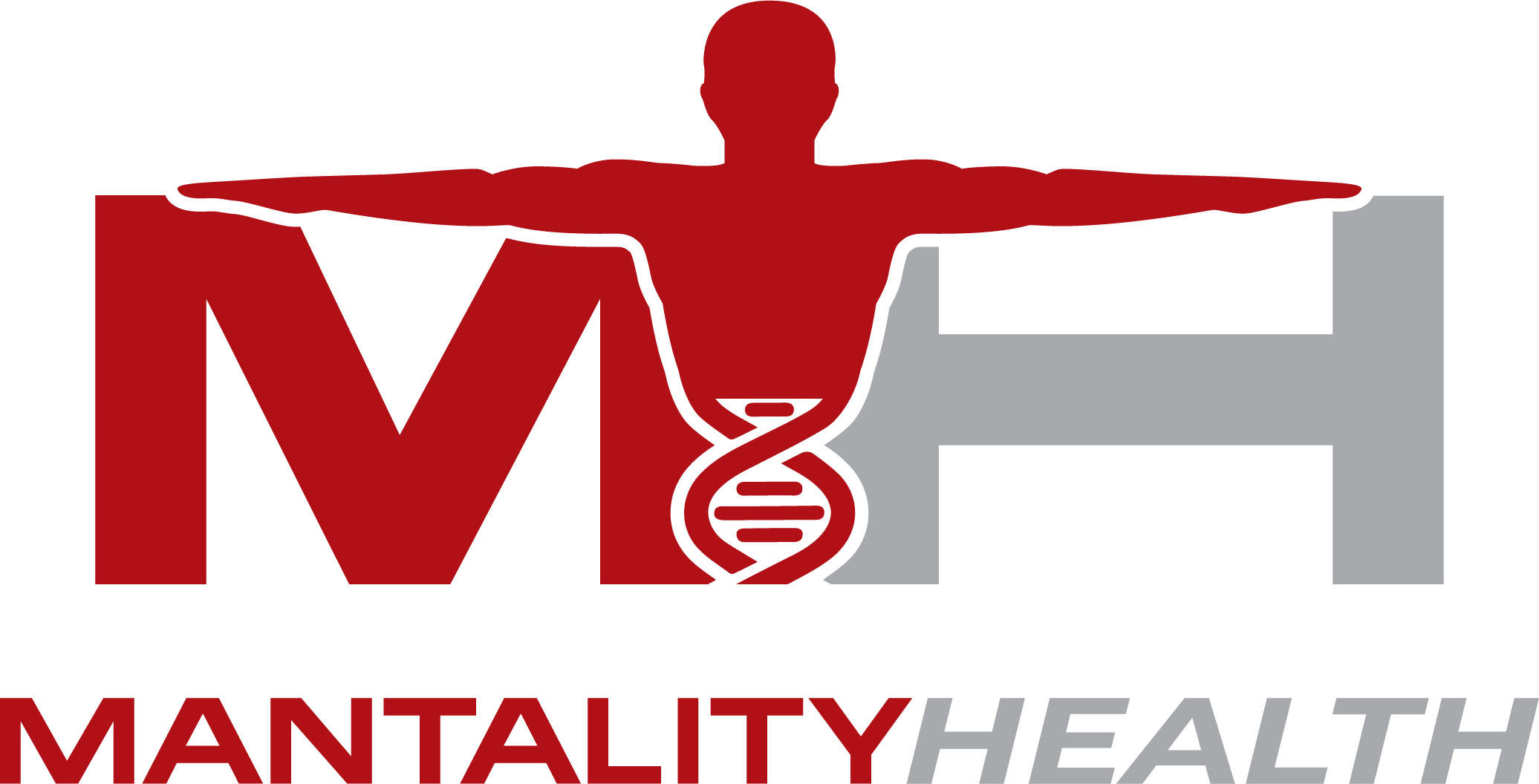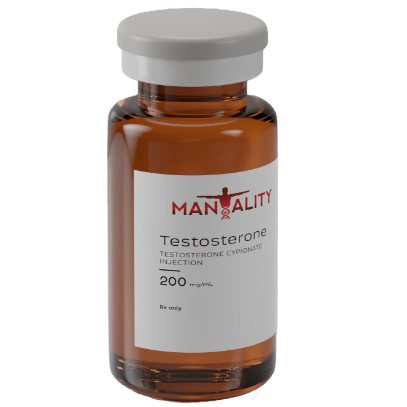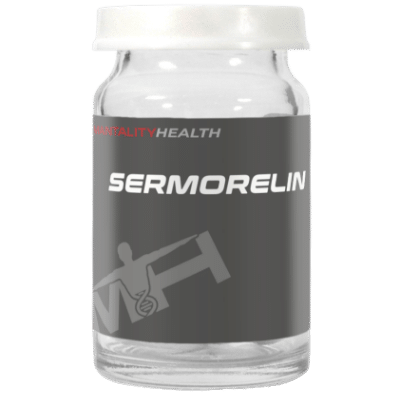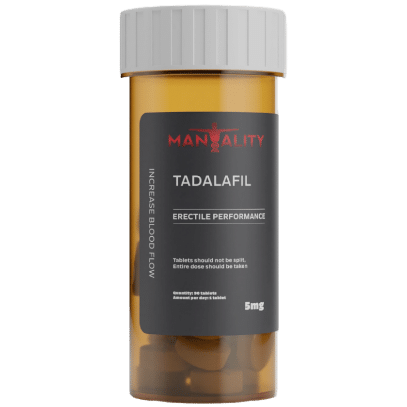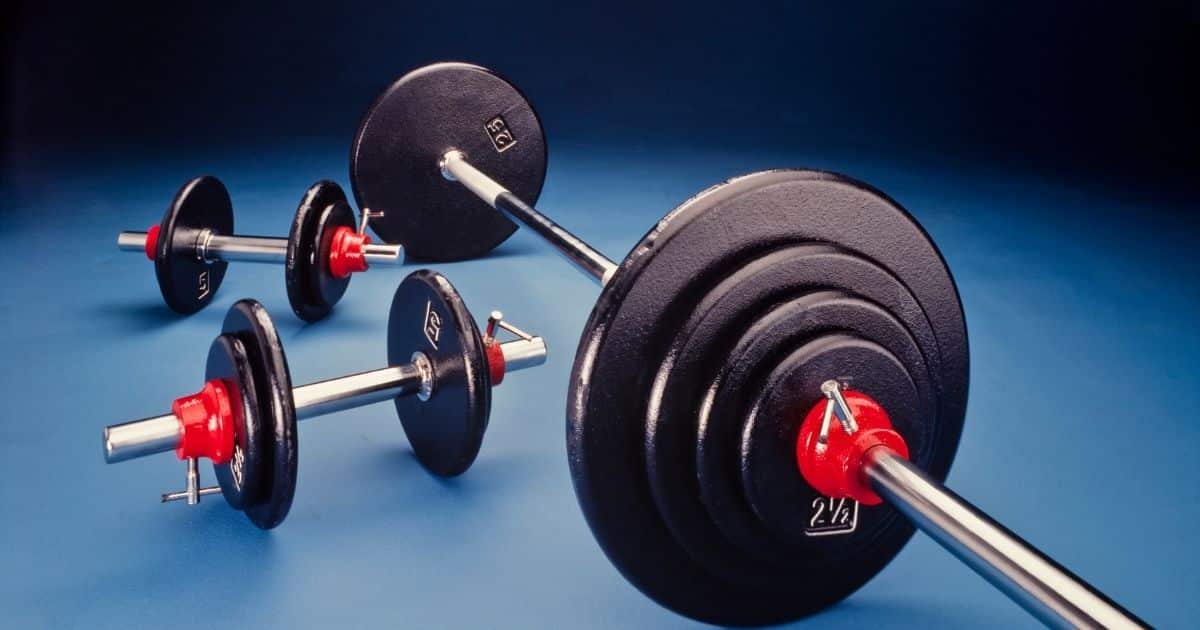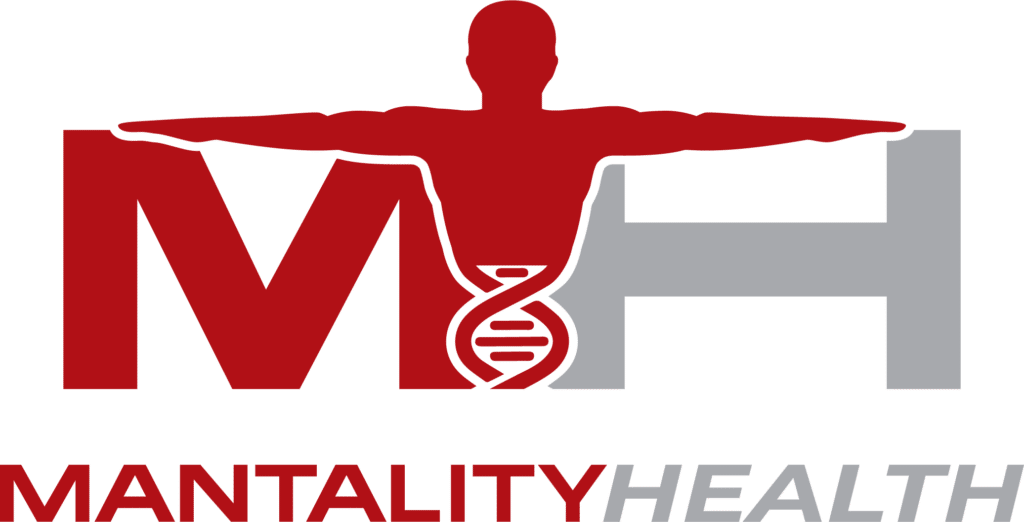After being on testosterone replacement treatment for a fair period, you will likely start to notice some of the benefits. Chief among them will be a noticeable boon to your overall energy levels.
You can do the math. Everyone knows that TRT is associated with an increased capacity for building muscle. And with this sudden influx of energy, you want to maximize your potential gains.
But if you have been hit hard by the slump that tends to come with reduced testosterone levels, you might be a little out of practice. Or Even if that is not the case, it could be that you are just looking for some lifting tips to help you make the most out of your workout.
Well, look no further, because we are counting down the best tips to you back into peak form.
15 Lifting Tips to Make the Most of Your TRT Energy
Weight lifting is one of the most effective means to train your body in general, and it pairs especially well with TRT.
But in order to reap the maximum benefits of weight training, you need to train efficiently and deliberately. Just firing off some bench presses and barbell curls are not going to cut it.
A well-rounded routine will be sufficiently intense, include plenty of variety, and be supported with proper nutrition. To help meet those standards, here are our tips:
1. Don’t Skip Leg Day
If you are like most people, you probably don’t really look forward to leg day. But it’s the most important day of the week in terms of increasing your overall muscle mass.
The barbell squat is the bread and butter of any dedicated lifter.
Squats engage more muscle groups than almost any other lift. You’re working the large muscles of the legs, the back, and the core on each rep, making the exercise incredibly efficient.
Squatting requires a great amount of energy. This requirement is correlated with an increased release of testosterone. And as an added bonus, building the large muscles of the legs and back helps to increase your metabolism, so even while bulking up you are making it easier to get lean down the road.
In order to maximize the benefits from your squats, you want to lift as heavy as you are able.
To be clear, it is extremely important to still stretch out and to several warm-up sets at a lower weight. Especially if it has been a while since your last good workout.
But once you get into your set properly, you want to increase the ratio of weight to reps. As a rule of thumb, three sets of five reps should be sufficient. This gives you enough reps overall to thoroughly work your muscles while letting you increase the weight to the upper levels of your limitations.
2. When You Squat, Squat Low
On the subject of squats, form is far more important than weight or reps. Lift with improper form, and you’re both training inefficiently and courting injury.
Despite what some lifters will argue, you should not fear the deep squat. Doing squats as deeply as possible are linked to a number of benefits.
First, despite claims to the contrary, deep squats are good for the joints of the knees, hips, and ankles. The knee joint is actually at its most unstable at a 90-degree angle. With your thighs perfectly parallel to the floor, your shin bones are able to shift more in relation to your thigh bones than would normally be possible.
Dropping below 90 degrees forces your joints into a more stable position, reducing the risk of injury. Deep squats have also been observed to correlate to greater hypertrophy in the leg muscles. More hypertrophy means more muscle growth.
3. Build Your Routine Out of Compound Exercises
Squats are so efficient because they are compound exercises; they engage multiple muscle groups with one movement. Exercises like these should be the building blocks of your routine.
Contrast them with isolation exercises, which target only one muscle group at a time. There’s nothing wrong with isolation exercises per se, so long as you have the time to individually sculpt each muscle on your body.
Most of us do not however, which is why compound exercises are such a boon. If you’re trying to fit your workout in a schedule that’s already stacked with work, family, and social obligations, you need to get the most return possible on every minute you invest.
Compound exercises are also noted to help build flexibility, as they generally require a greater range of movement than isolation exercises. While this isn’t a substitute for static stretches during a warm-up, it does help you to keep limber overall.
And as compound exercises tend to engage multiple large muscle groups, the increased exertion is associated with greater releases of testosterone.
4. Lift More Weight on Your Off-Side
This tip might sound a little weird, but consider this: when you’re outside of the gym, do you make sure to work both sides of your body evenly? If you work with your hands, do you slow yourself down by alternating between the dominant and weak sides of your body?
Unless you’re perfectly ambidextrous, that’s probably going to be a “no”. And all of those little actions add up. So it makes sense to lift asymmetrically.
Try starting small, lifting an extra five or ten percent with your off hand. It will feel a little awkward at first, but your muscles will have to work harder to balance the uneven weight, helping to promote extra muscle growth. Plus, it will help your body to look more evenly toned.
5. Train Your Weakest Muscles First
If you’re doing your compound exercises, you may find yourself struggling with specific ones. Pull-ups are a pretty common example. In these cases, you can often trace your struggle to one weak muscle group. For this case, let’s say it’s your lat muscles that are lagging behind.
In cases like these, a helpful strategy is to train the weakest muscles earliest in your workout. In this case, doing cable or rows before your pull-ups. Doing this over time will effectively prioritize the growth of your weak areas relative to the rest of your body, helping them to catch up.
6. Vary the Tempo of Your Lifts
Even with perfect form, lifting weights can cause strain on the joints.
One solution for this is to increase the amount of time you spend with your muscles under tension or the difficulty of each rep. Adding pauses or slowing the tempo of each rep are effective means of reducing joints stress while providing a different stimulus for your muscles.
7. Don’t Skip Cardio
If you’re trying to build muscle, then cardio probably ties with leg day as your least favorite thing to do. All the same, it’s not something you can afford skip.
After all, if all you focus on is packing on mass, before long you won’t be able to tell your traps apart from your deltoids; everything will just blend together. If you want a lean, toned physique, you’re going to need to do your cardio.
Plus you know we need cardio work for a healthy heart, especially as we age. A healthy heart is going to be more effective at getting oxygenized blood to your muscles, after all.
When trying to add mass, keep your cardio limited to two sessions of about 15 to 20 minutes a week. Combined with your lifting, this will be enough to keep your heart fit and help limit the amount of fat you put on when you bulk.
When it’s time to tone, increase the frequency to three or four cardio workouts each week.
8. Forget the “Fat Burning Zone”
One of the common truisms of fat loss is that you have to work out continuously for 20 minutes before you even start burning fat.
The idea was that needed to train in a range between 60 and 80% of your maximum heart rate. Lower than 60% wouldn’t be strenuous enough, and over 80% would be so intense that your body wouldn’t be able to use fat as fuel.
But that theory has come under reappraisal. Bursts of high-intensity exercise will burn more calories overall than steady, low-intensity work. More calories burned equals more fat loss in the long run.
To make the most efficient use of your time, do interval training made up of short bursts of intense effort paired with active recovery periods.
9. Keep Cardio and Weights Separated
One reason why some lifters try to eschew cardio as much as possible is because of the concern that it will impede their ability to recover from intense strength training. And there is some validity to those concerns. That’s why it’s important to plan your routines in such a way that they compliment each other.
For example, if today is leg day, you won’t be doing yourself any favors by trying to do a high-intensity cycling workout on top of your strength training. Try to give yourself at least a day, or ideally two, to recover before working for the same muscle groups.
10. Opt for Low Impact Cardio
When you commit to a strength training regimen, your body will be busy enough trying to recover from hypertrophy and building new muscle. If it has to repair damage from high-impact cardio, you’ll only be undercutting your progress.
The impacts from running or jumping rope on hard surfaces inflict microtrauma— small tears in the muscle fibers. Avoid these activities if you can. Instead, opt for cycling, elliptical machines, or swimming.
11. Eat a Diet that Works for You, Not Against You
Unfortunately, there was no way that we could get around discussing diet. It more than anything else determines the efficacy of your workout program.
The foods you eat trigger hormonal responses, primarily in the form of the hormone insulin. An increase in insulin levels can bring fat loss to a halt, no matter how much time you put in on the stationary bike.
To help avoid this, try to eat a high-fiber, low-sugar diet. Not only does sugar trigger increased insulin levels, but it also has a detrimental effect on testosterone levels. Limit your consumption as much as possible.
12. Eat Foods that Boost Testosterone Instead of Lowering It
You’re probably aware that many common foods are linked to lower testosterone levels. But choices can you make to help keep your testosterone levels up?
Oysters are one of the better-known options. They contain more zinc per serving than any other food. The mineral is essential to testosterone production.
Less obvious are your leafy green vegetables. Spinach, swiss chard, and kale are all rich in magnesium, another mineral essential to testosterone production.
And of course, there are your proteins. Fatty fish is by far the best choice. Salmon, trout, and other fatty fish are rich in omega-3 fatty acids, which in addition to a slew of other health benefits is also linked to increased testosterone levels.
13. Forget About Egg Whites
Eggs get a special mention because of the number of persistent misconceptions that persist about them.
For some time now, the idea has been that eggs are so high in fat and cholesterol that they were practically junk food, and that if you must have them you should only eat egg whites.
While it is true that each egg has five grams of fat, it is primarily the heart-healthy, unsaturated variety. And while they do contain cholesterol, the fact is that there is no correlation between our blood cholesterol and our dietary cholesterol intake. Research has found that it’s actually the liver, stimulated by high levels of saturated and trans fats, responsible for releasing cholesterol into the blood.
In addition to getting a bad reputation all these years, eggs are actually incredibly nutrient dense. It’s rich in vitamins and minerals, including testosterone-boosting zinc. And each egg contains an average of 6 grams of easily digestible protein.
When you compare the price of a dozen eggs to a cut of lean beef or a side of salmon, that also makes eggs one of the most cost-effective protein sources available.
14. Milk Your Workout
Milk is another item that probably merits its own discussion.
Though there does not appear to be a clear consensus at this time, there is some evidence that too much dairy can have a detrimental effect on testosterone production. And it’s important to remember that many pre-prepared dairy-based supplements are loaded with sugar and other additives better off avoided.
But when consumed properly and in moderation, milk can nevertheless be an effective addition to your diet.
The main issue with milk is that the animal fats present contain female hormones that inhibit testosterone production, particularly when the milk comes from cows given hormone injections to boost milk production.
Drinking skim milk, ideally produced without added hormones, helps mitigate this issue. The result is one of the most effective post-workout proteins you could ask for. It’s full of complex carbs, and both whey and casein proteins to support recovery.
15. Minimize Your Alcohol Intake
While there is still some discussion on where milk falls in the discussion, the same can’t be said for alcohol. Sorry to be a buzzkill, but drinking is one of the most counterproductive choices you can make.
First, it’s loaded with calories, which will make getting toned all the more difficult. Second, alcohol itself reduces testosterone production. And third, if you’re a beer drinker, hops are also testosterone-negative, compounding the ill effects.
If you do partake, then it’s probably unreasonable to suggest that you quit entirely. But do try to limit it to very sparse occasions, and avoid hoppy beers and sugary liquors like rum or tequila.
You Get Out What You Put In
Everyone’s body is subtly different, which means there’s no single right way to workout. These diet and lifting tips are intended as a guideline for you as you find a system that suits your needs.
If you’re concerned that you may be dealing with low testosterone, or would just like to know more about its effects, check out our article on the 7 Signs of Low Testosterone in Men.
